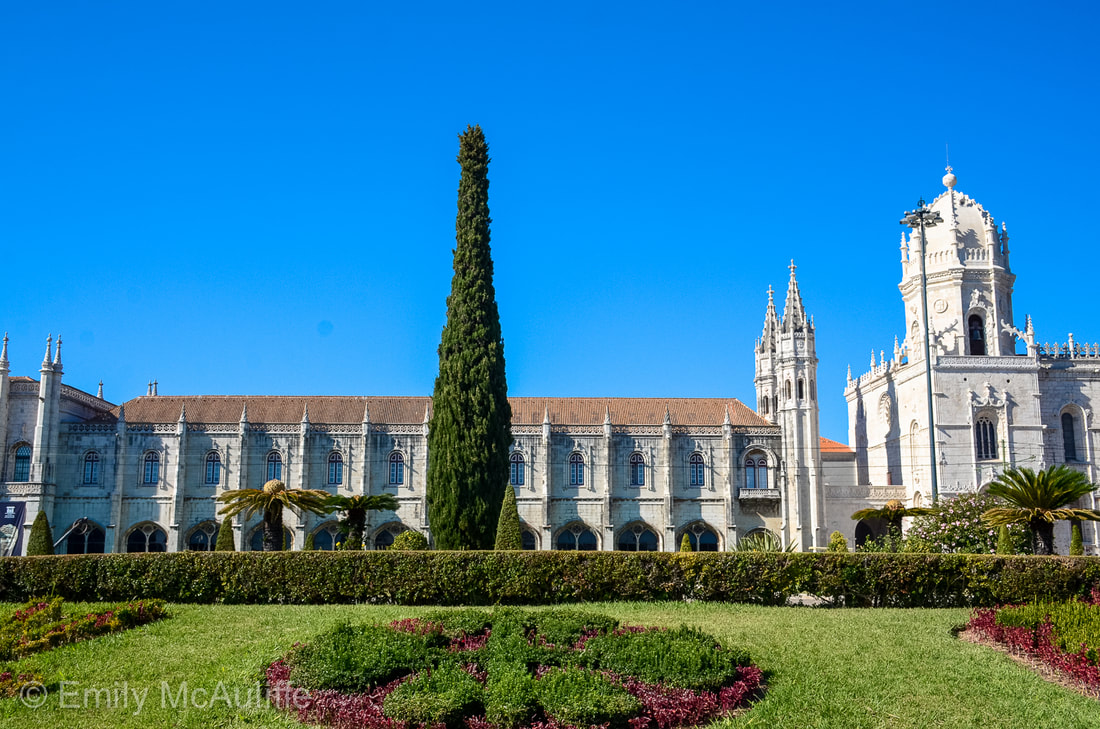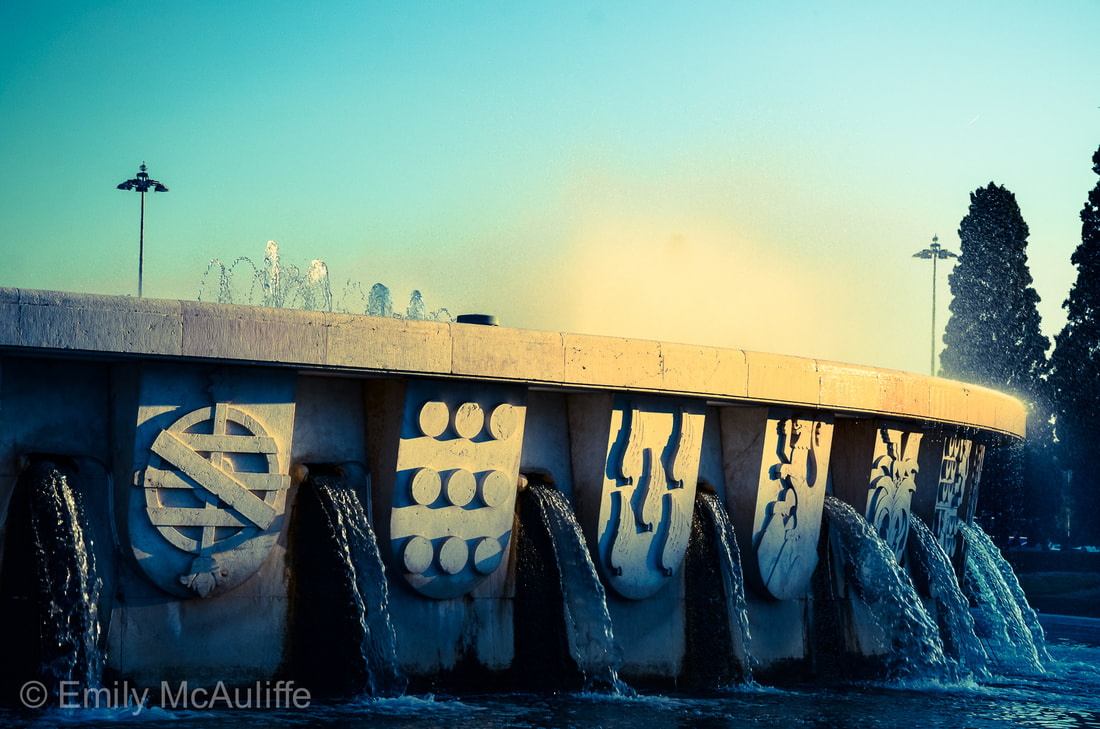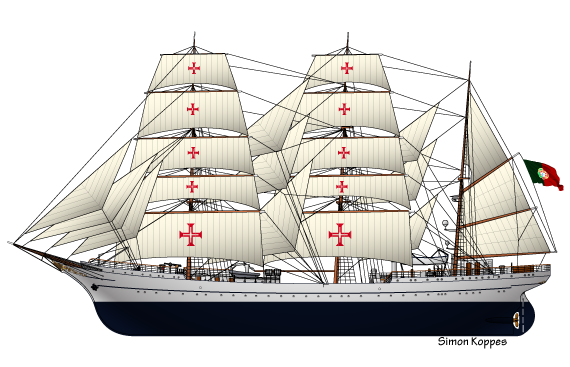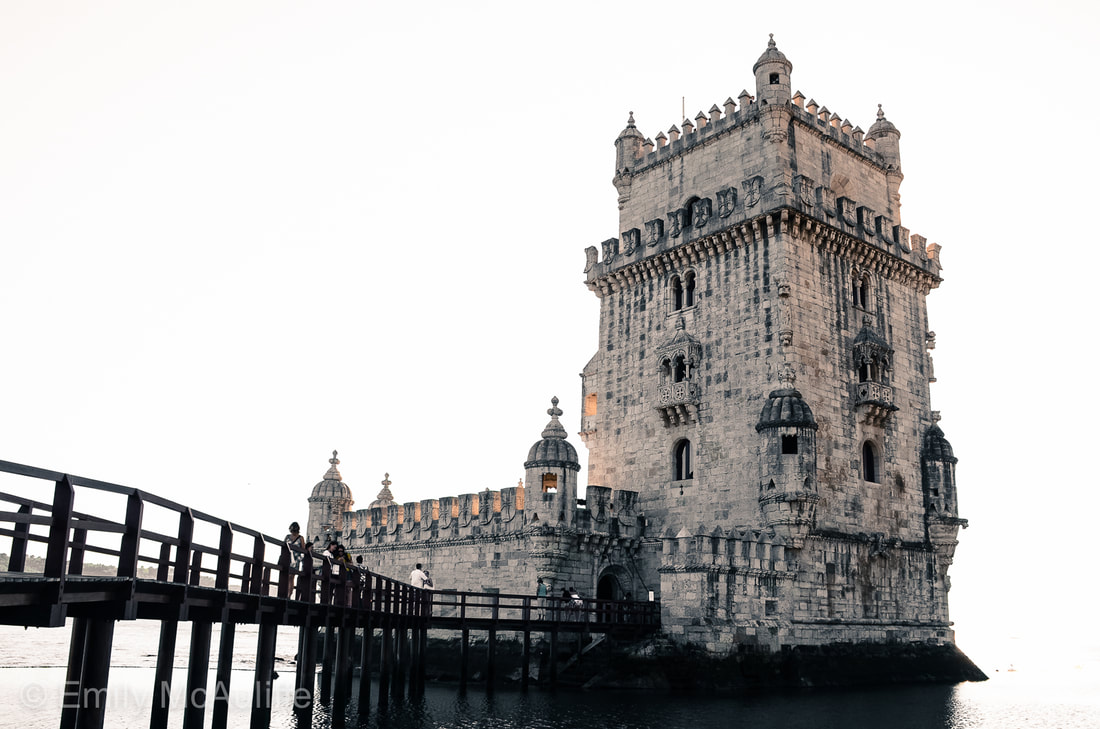- Blog
- About
- Articles
-
Places to visit
- Afife
- Águeda
- Albufeira
- Aljezur
- Almourol
- Alvor
- Amarante
- Arrifana
- Aveiro
- Azenhas do Mar
- Berlenga Grande Island
- Braga
- Caminha
- Cascais
- Castelo Branco
- Coimbra
- Condeixa-a-Nova
- Covilhã
- Douro Valley
- Ericeira
- Espinho
- Évora
- Fátima
- Figueira
- Figueira da Foz
- Funchal, Madeira
- Gondomar
- Guimarães
- Lagoa Comprida
- Lagos
- Leça da Palmeira – Vila do Conde
- Leiria
- Lindoso
- Lisbon
- Loriga
- Manteigas
- Marvão
- Miramar
- Monção
- Monsanto
- Montemor-o-Velho
- Nazaré
- Óbidos
- Peneda-Gerês National Park
- Peniche
- Piódão
- Ponta Delgada, São Miguel Island (Azores)
- Ponte da Barca
- Ponte de Lima
- Portimão
- Porto
- Praia da Costa Nova
- Praia da Ribeira do Cavalo
- Praia da Rocha (Portimão)
- Praia de São Julião
- Rota Vicentina
- Sagres
- Sandomil
- Santa Maria da Feira
- Seia
- Serra da Estrela
- Sesimbra
- Sintra
- Sintra-Cascais Natural Park
- Soajo
- Tomar
- Valença
- Valongo
- Viana do Castelo
- Videos
- Facts
- Press
- Contact
|
Portugal's Manueline architectural style is named after its key influencer, King Manuel I, who served as Portugal’s head honcho from 1495-1521. This wasn’t a bad time to hold the reigns, as it was during this period that Portugal held the power of the pepper.
As you might remember from my post A brief history of Portugal, the Portuguese were incredibly influential during the Age of Discovery. Portugal’s brave seafaring souls proved it was possible to sail across the world without dropping off the end, and in a fortuitous twist, discovered you could become rather wealthy if you collected and traded spices from lands you stumbled upon along the way.
Feeling suitably minted, King Manuel decided to put his country’s spice taxes to good use by constructing some spiffy buildings that flaunted Portugal’s maritime prowess. These buildings would later be described as Manueline.
Now, what actually constitutes Manueline-style architecture isn’t particularly clear cut. Some scholars claim the Portuguese drew influence from their international jaunts to exotic lands like India, while others say it’s a load of claptrap given many of the architects never actually set foot in India themselves. It’s generally agreed however that Manueline buildings incorporate maritime and religious references, plus a smattering of plants and animals. Hence it’s common to see lengths of seaweed and rope twisted around shields, crosses and fish. The strongest identifiers of Manueline style are the armillery sphere and Military Order of Christ cross, which were close to King Manuel (and Portugal’s) heart. The armillery sphere – a navigational instrument – was the king’s emblem and is also the yellow object you see on the Portuguese flag. The cross is the big red symbol stamped on the sails of Portugal’s ships. (Once you start looking out for the sphere and the cross you’ll see them all over Portugal.)
Two good examples of Manueleine style are the Mosteiro dos Jerónimos (top image) and Torre de Belém (below) just outside Lisbon’s city centre in Belém (both are UNESCO World Heritage listed). The torre (meaning tower) was constructed by Manuel to serve a military function at the mouth of the Tagus River, while the mosteiro (monastery) was more about showing off. Given the monastery was constructed on *ahem* Portuguese time, King Manuel couldn’t hang on long enough to see its completion 100 years after he’d commissioned it, so he’s honoured with a statue of his stately self by the main portal. He’s also buried inside. Other strong examples of Manueline architecture can be seen in the Convento Cristo in Tomar and Igreja de Jesus in Setúbal. Unfortunately there aren’t many remaining examples of Manueline architecture in Lisbon’s city centre following the city’s devastating earthquake of 1755 ... which provides a nice segue to my next post. Stay tuned.
2 Comments
|
AboutThe Portugal Wire is the blog of Australian travel writer, copywriter and photographer Emily McAuliffe. Previous postsThings you might not know about Portugal A brief history of Portugal Who was the first person to sail around the world? (Hint: he was Portuguese ... and then he wasn't) A quick overview of Portugal's economy 25 April: a shared day in history for Australia and Portugal Portugal's bridges: go big or go home Portugal and Spain: same same but different? Interesting facts about Porto Traditional Portuguese food: what to eat and drink in Portugal Who are they? Famous names on the streets of Portugal Interesting facts about Lisbon Uncovering Porto's secret gardens Lonely Planet Instagram takeover: sharing some of my favourite hidden spots in Portugal In the news... my feature in Portugal's national newspaper Diário de Notícias On board the Presidential train in Portugal's Douro Valley When the lion mauled the eagle (Porto) Kicking design goals: Cristiano Ronaldo & Pestana's CR7 hotels Lovely Lisbon: my top picks of where to eat, drink, visit and stay in Portugal's capital city Porto street art: fighting the good fight The best places to visit in Lisbon: 5 of my favourite neighbourhoods Big waves in Nazaré: my favourite beach town in Portugal Best things to do in Porto Portuguese wine: yes, the wines of Portugal extend far beyond port Portuguese architecture Part I: Manueline style Portuguese architecture Part II: Pombaline style When is the best time to visit Portugal? Food to try in Porto: northern Portuguese cuisine explained Filigree designs: the beauty behind traditional Portuguese jewellery Archive
December 2019
Categories
All
|
THE PORTUGAL WIRE
Portugal travel blog of Australian writer and photographer
Emily McAuliffe
Emily McAuliffe
- Blog
- About
- Articles
-
Places to visit
- Afife
- Águeda
- Albufeira
- Aljezur
- Almourol
- Alvor
- Amarante
- Arrifana
- Aveiro
- Azenhas do Mar
- Berlenga Grande Island
- Braga
- Caminha
- Cascais
- Castelo Branco
- Coimbra
- Condeixa-a-Nova
- Covilhã
- Douro Valley
- Ericeira
- Espinho
- Évora
- Fátima
- Figueira
- Figueira da Foz
- Funchal, Madeira
- Gondomar
- Guimarães
- Lagoa Comprida
- Lagos
- Leça da Palmeira – Vila do Conde
- Leiria
- Lindoso
- Lisbon
- Loriga
- Manteigas
- Marvão
- Miramar
- Monção
- Monsanto
- Montemor-o-Velho
- Nazaré
- Óbidos
- Peneda-Gerês National Park
- Peniche
- Piódão
- Ponta Delgada, São Miguel Island (Azores)
- Ponte da Barca
- Ponte de Lima
- Portimão
- Porto
- Praia da Costa Nova
- Praia da Ribeira do Cavalo
- Praia da Rocha (Portimão)
- Praia de São Julião
- Rota Vicentina
- Sagres
- Sandomil
- Santa Maria da Feira
- Seia
- Serra da Estrela
- Sesimbra
- Sintra
- Sintra-Cascais Natural Park
- Soajo
- Tomar
- Valença
- Valongo
- Viana do Castelo
- Videos
- Facts
- Press
- Contact






 RSS Feed
RSS Feed